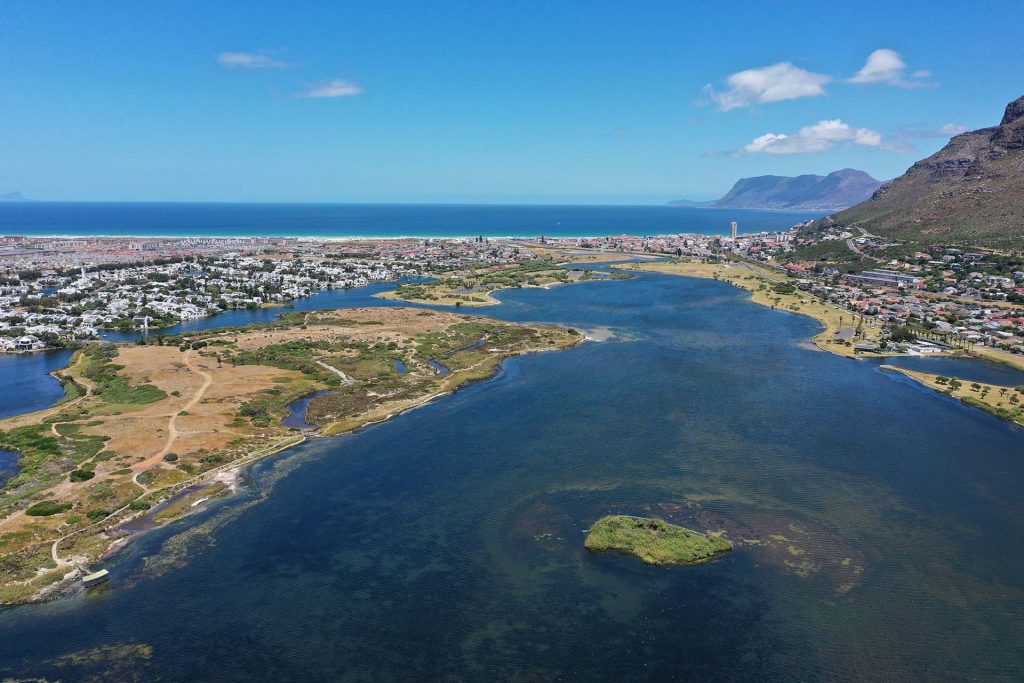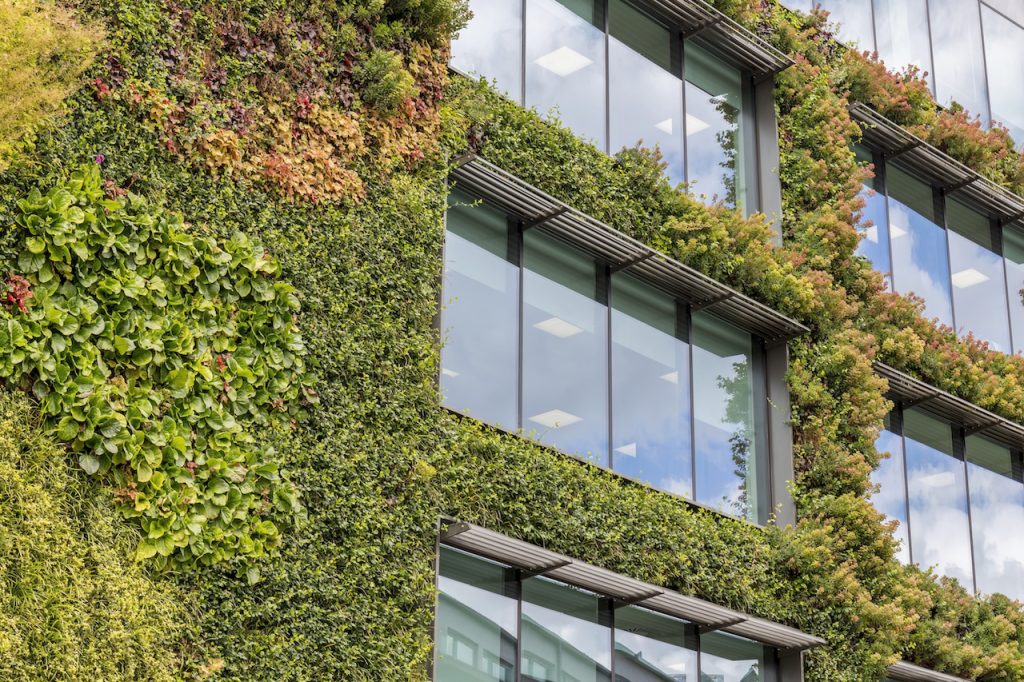Waterway Rehabilitation in Cape Town, South Africa
Urban development and pollution have degraded Cape Town’s waterways, limiting their ability to regulate and supply water. This integrated cost-benefit analysis explores how nature-based infrastructure (NBI) can help restore waterways and reduce flood risks.







